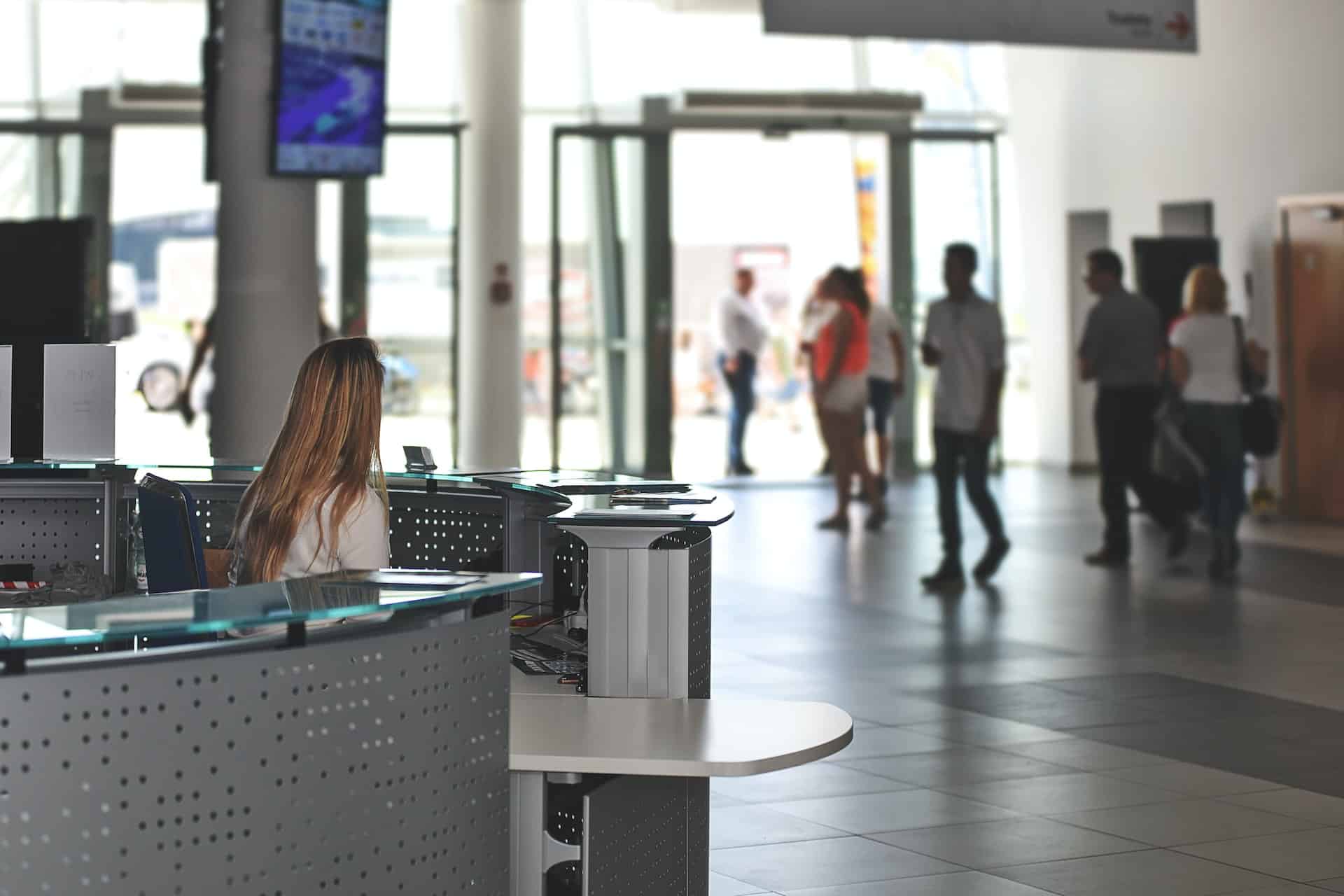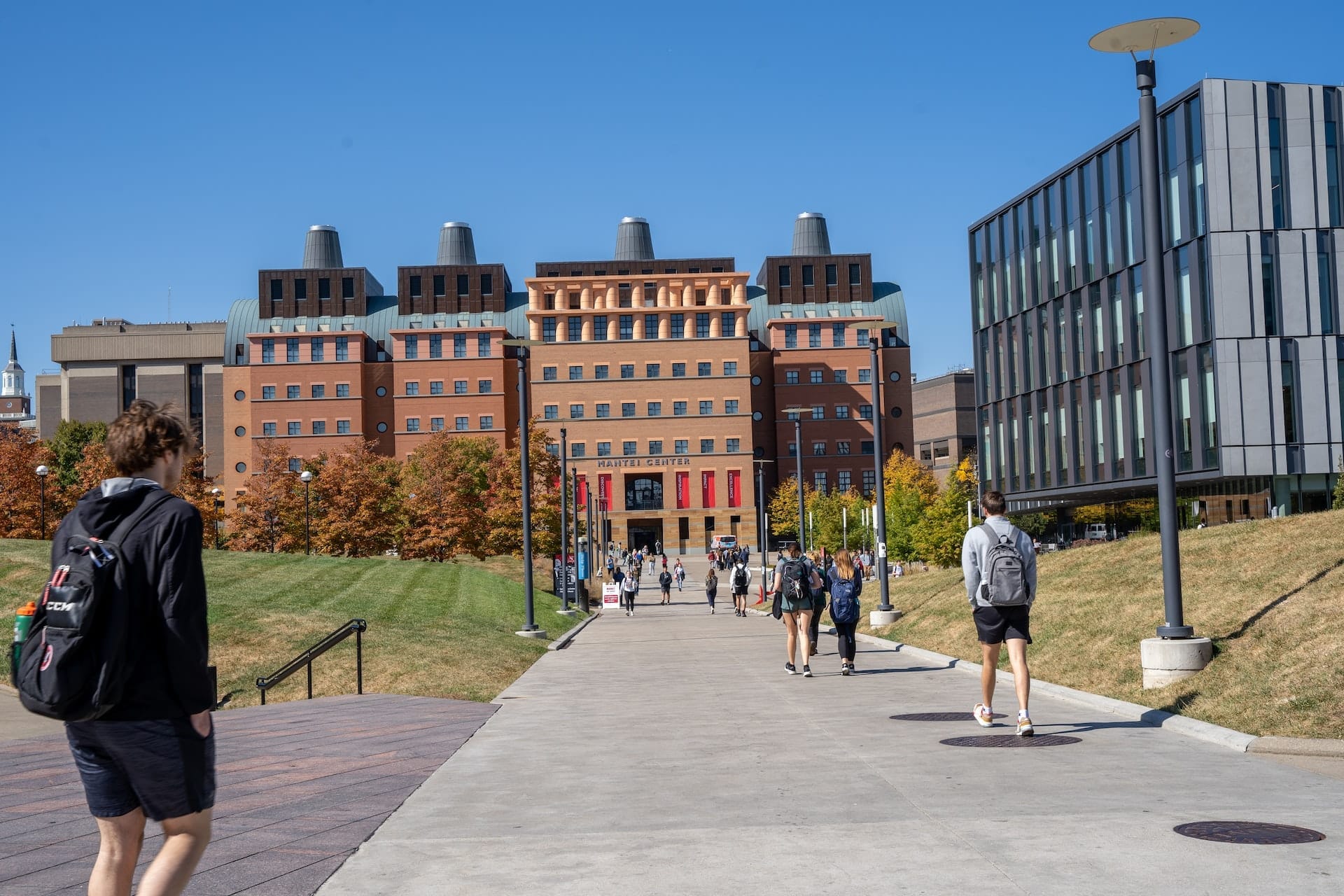Schools and colleges should always take proactive steps to guarantee the safety of its students and provide them with a comfortable learning experience.
Schools and colleges must take proactive action to provide their students with a safe and secure learning environment.
Threats like bullying, acts of violence, vandalism, and theft are always looming, and in addition to posing a threat to students' physical and mental health, they can also disrupt the healthy learning process every student deserves.
There are numerous strategies that those in charge of the school's security can put in place to protect their property and people. An effective approach usually results from combining different security measures and adapting them to the specific characteristics of each institution.
Conducting Regular Physical Security Audits
Physical security measures and audits help schools identify areas of strength and weakness in their safety protocols, allowing them to make necessary changes to ensure the safety of all those on campus. They involve assessing the current safety measures in place at a school or college, such as access control systems, surveillance cameras, alarm systems, and other security equipment.
By conducting regular physical audits, schools can identify potential risks and take steps to address them before they become a problem, as well as gain valuable insight into how to improve existing protocols or implement new ones.
Strengthening Access Control Measures
Access control systems help protect students, faculty, staff, and properties from unauthorized entry into the school or college premises. These measures can range from simple classroom locks to more sophisticated solutions such as biometric authentication and visitor sign-in/sign-out procedures.
These systems help ensure that only authorized personnel are allowed while preventing unwanted visitors from gaining access. Furthermore, access control devices can be used to track attendance and monitor student movements within the school or college campus.
Implementing a Thorough Video Security Strategy
Another essential aspect of a security strategy involves using video cameras, which can help deter crime and provide evidence in the event of a security breach. This is commonly used in small spaces or open parking areas where cars get stolen. In order to ensure that your video security system is effective, there are several measures you should take.
Cameras should be placed in strategic locations that provide maximum coverage of the area being monitored. They should also be connected to a reliable recording system and stored in secure locations where only authorized personnel can access the recordings. Using cloud storage solutions is an affordable way to store video footage securely and allows for easy retrieval by authorized personnel when needed.
Nowadays, there is an increased availability of innovative school and office building security camera solutions which include motion detectors, facial recognition, and analytics that can alert security personnel when suspicious activity is recorded.
Implementing Effective Lighting to Reduce Dark Areas
Poor lighting can lead to many dark areas around the school's premises, which can be hazardous for students and staff. Implementing effective lighting solutions can help reduce these areas in schools and colleges, thus creating a safer and more comfortable environment.
Firstly, the type of lighting should be chosen carefully. Natural light is always preferable as it has also been shown to improve student performance and well-being. The positioning of lights is also important when it comes to reducing dark areas in schools and colleges. Lights should be placed strategically around the room so that all areas are evenly lit with no shadows or glare spots. Additionally, dimmers can be used to adjust the brightness of lights depending on the time of day or activity taking place in the room.
Upgrading Alarm Systems
Reliable and updated alarm systems should also be in place. Examples of modern and essential systems include panic buttons for staff and students, smoke detectors, fire alarms, and temperature monitoring systems. Having up-to-date alarm solutions in place helps ensure that any security risk can be quickly detected so that the appropriate emergency response protocols can be implemented.
It is also essential to ensure that all staff members are properly trained on how to use the system. This includes understanding how to arm and disarm the system as well as how to respond in case of an emergency situation.

Regularly Reviewing and Updating Emergency Plans
Creating a comprehensive emergency plan for schools and colleges is an important step in ensuring the safety of students, faculty, and staff. However, it is equally important to regularly review and update these plans to ensure they are up-to-date with the latest safety protocols.
Schools should review their emergency plans at least once a year (or more often if needed). During the review process, administrators should consider any changes in the school's environment that may require new safety protocols or procedures. For example, if there has been an increase in crime rates near the school or college campus, administrators should consider adding additional security measures to their emergency plans. Additionally, they should consider updating their evacuation routes and procedures in an emergency.


